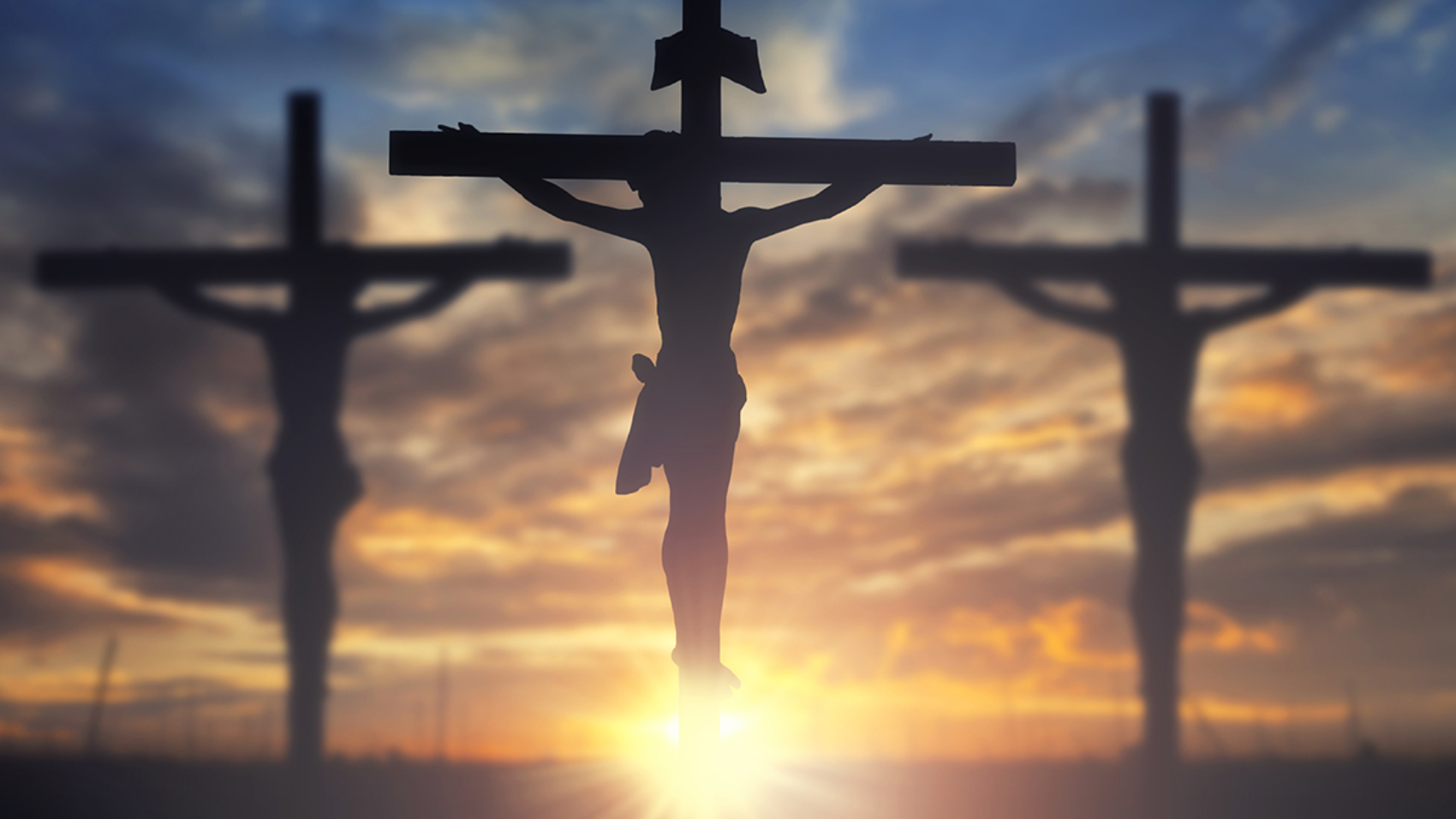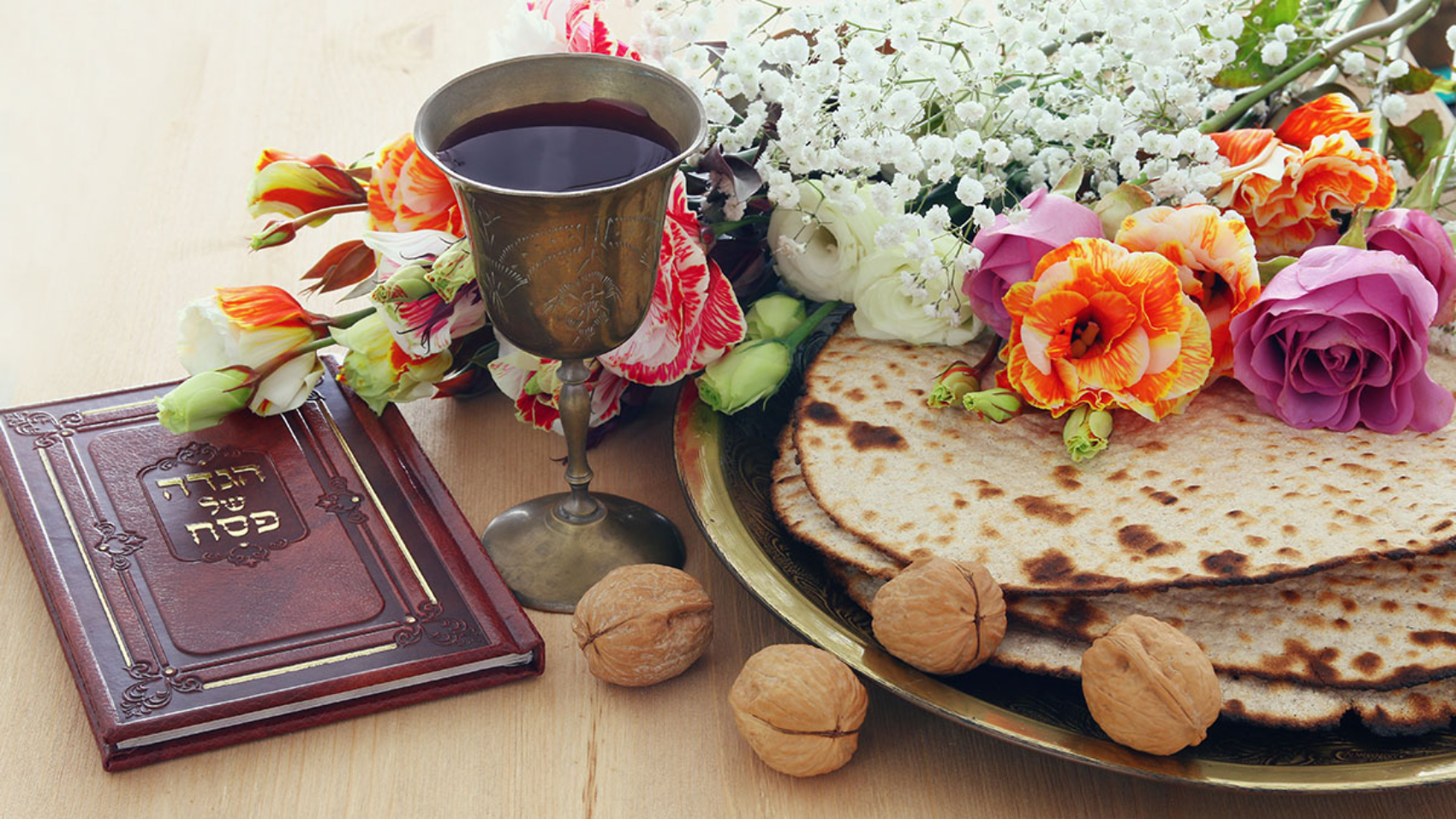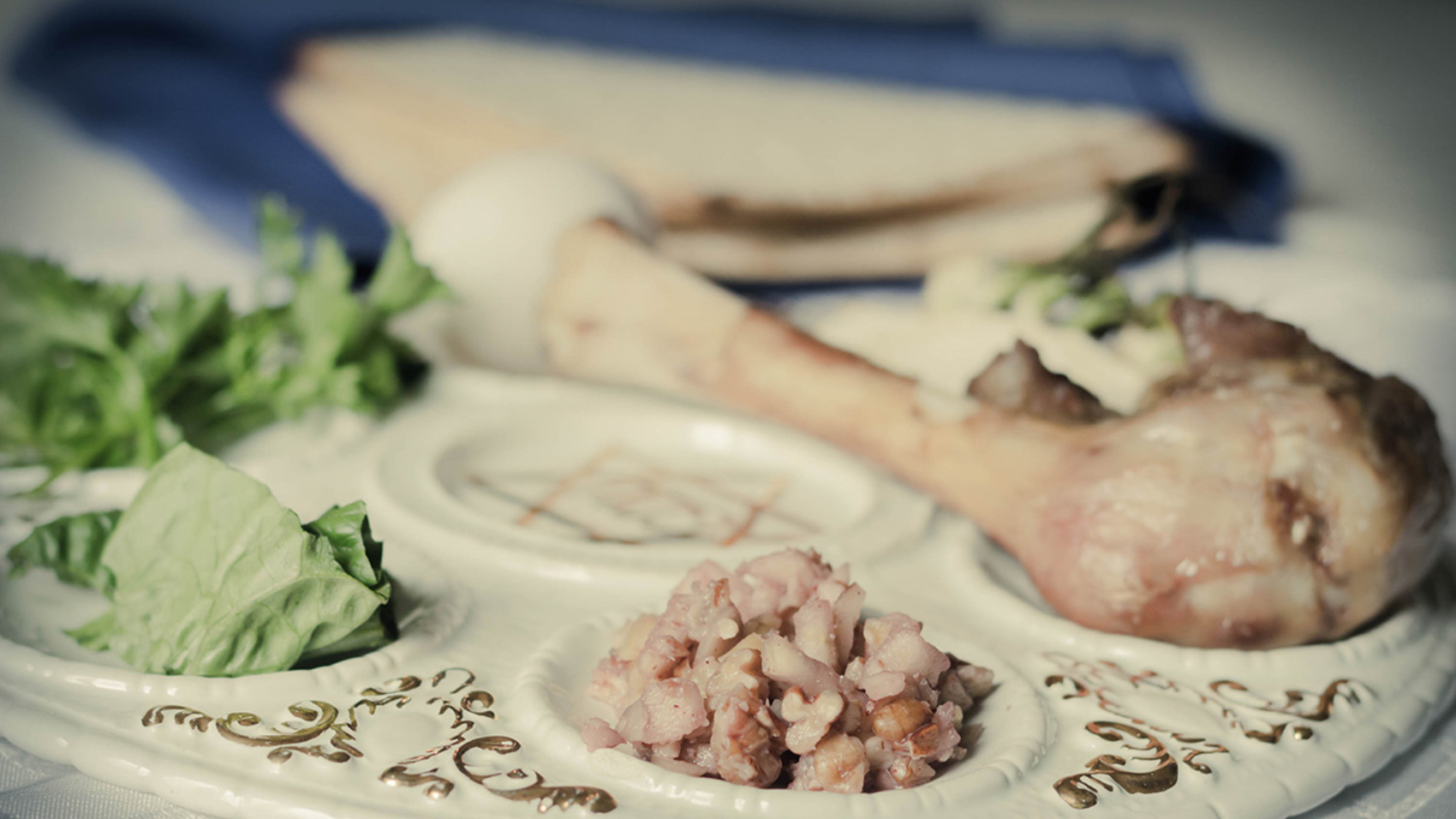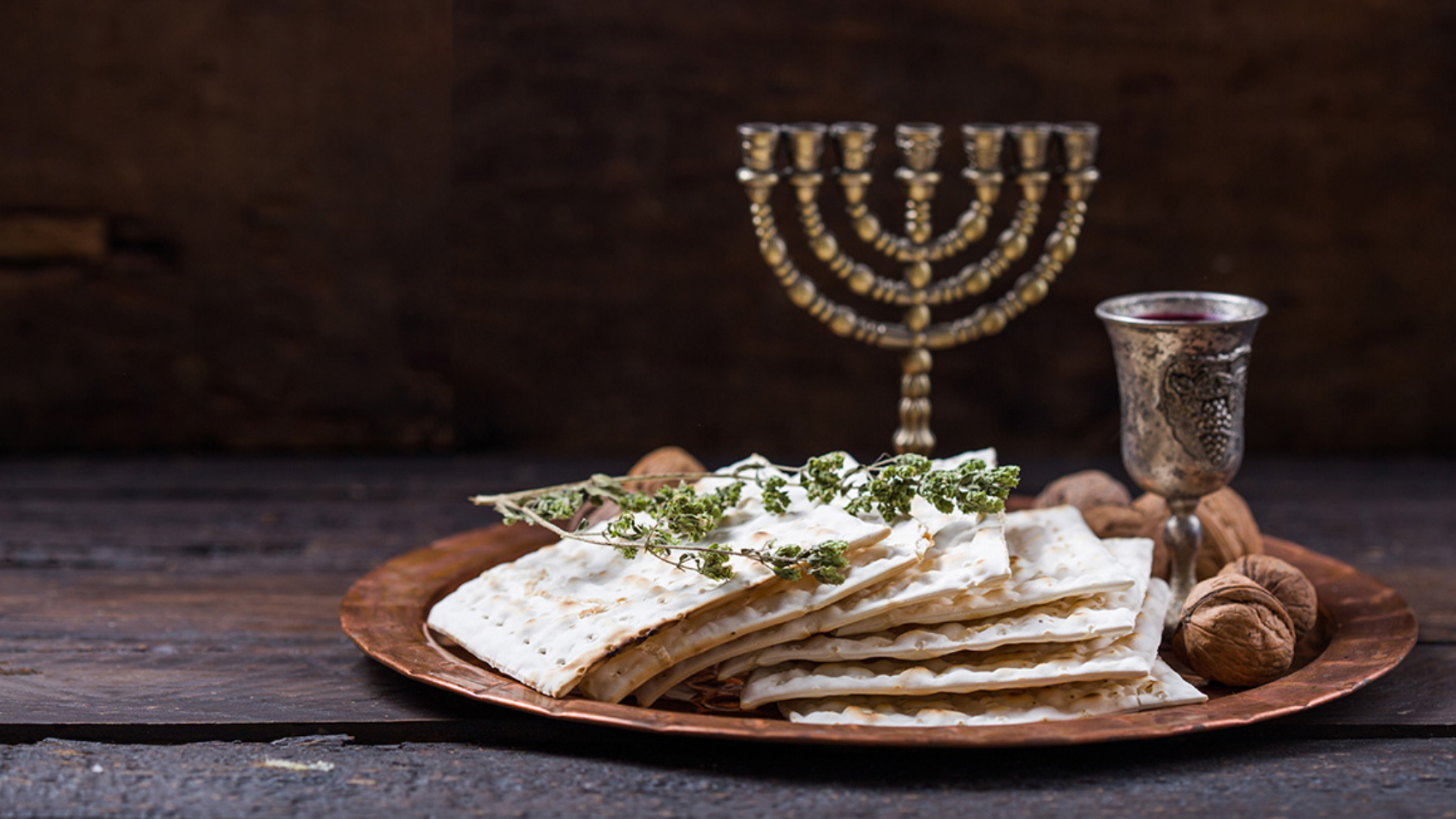Shalom Torah fans.
Many of you may have heard the term Omer but perhaps have no idea what it means. Others know that it is something that represents the days that we count between Passover and Shavuot, but may not have an idea of what the word originally means. And this is what we will learn in this audio blog.
If you have been celebrating the Biblical Feasts for at least a year, you have probably noticed that one of the most important Feasts, in fact, one of the three so-called Pilgrimage Feasts in which every man had to go up to Jerusalem, is the Feast of Shavuot. This is called Pentecost, or Feast of weeks (Shavuot means weeks). What is unusual about this Feast is that its celebration does not fall on a specific day of the Biblical calendar, but rather it is celebrated on the fiftieth (50th) day of what is usually called “the counting of the Omer” (s’firat haOmer in Hebrew).
Why is it called “the counting of the Omer”, and what is an Omer?
The best place to start our search is in Leviticus 23.
“Speak unto the children of Israel, and say unto them, When ye are come into the land which I give unto you, and shall reap the harvest thereof, then ye shall bring the sheaf of the first-fruits of your harvest unto the priest” (Leviticus 23:10).
The word sheaf in Hebrew is Omer (עֹמֶר), and we are talking about the Omer of the “first fruits”. This is an important detail, since it determines the moment in which the seven weeks began to be counted, which is from the day the first fruits were presented.
This is why we call it “the counting of the Omer.” It could also be called “the count (of the days) from the offering of the Omer (of the first fruits)”.
We now understand why it is called the counting of the Omer, but we still need to understand what an Omer is.
The simple answer would be that it was a unit of measurement that was used in biblical times. As in our days, there were then ways to quantify measures of length, weight and liquids among others. An Omer is part of the measurement to quantify the volume of dry things, such as a measure of flour for an offering, or, in this case, the amount of barley that had to be presented on the day of first fruits.
An Omer was one tenth of an ephah (Exodus 16:36). Another known measure was the se’á, which was one-third of an ephah. An ephah is approximately 22 liters in modern measurements. Note: Although liters is a unit of measure for liquids, it is also used in modern times to determine the volume of something, for example, the space in a travel backpack. In the same way, the measurement of the Omer refers to “the amount of something” according to the capacity of a container of an Omer (the weight can be different according to the density of different elements).
The first time this word appears in Scripture is in Exodus 16:16, where the word Omer was not even translated in some versions of the Bible (!!!):
“This is what the Lord has commanded: ‘Gather as much of it as each person needs to eat. You may take two quarts (an Omer) per individual, according to the number of people each of you has in his tent.”
As we count down the 49 days of the counting of the Omer, we also remember the manna that Yehovah fed the children of Israel with, from which each family took exactly one measure of an Omer per day.
In a more spiritual sense, the counting of these 50 days represents a conciliation between the individual and the Creator. This can be correlated to the bible passage regarding the children of Israel that traveled from Egypt to Mount Sinai. They were slaves, representing the lowest spiritual level; upon reaching their destination they heard the voice of the Almighty himself – the highest spiritual level that can be reached. During these days of the counting of the Omer, it is a great opportunity for each of us to get in tune with this ascending path of personal and spiritual development.








